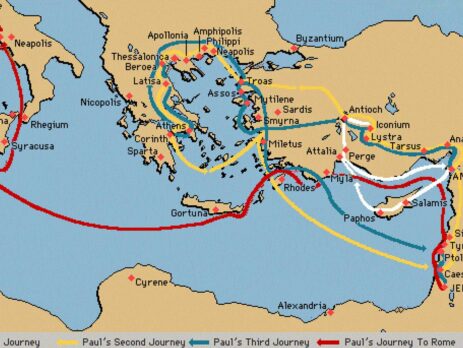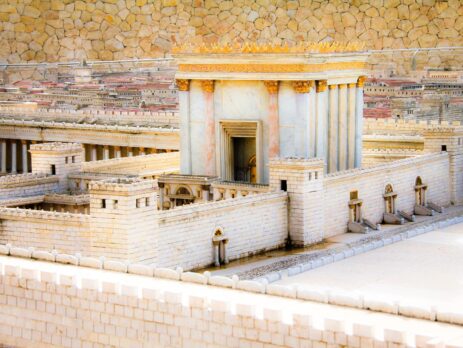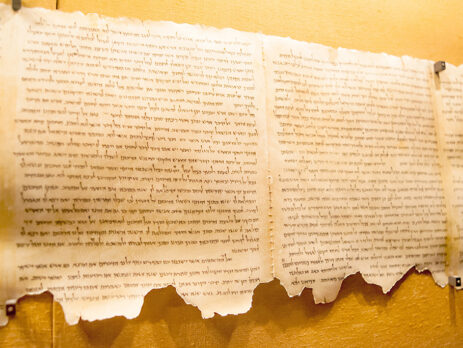The Role of Women in Biblical History: Stories of Strength and Faith
The Bible, with its diverse collection of narratives, teachings, and wisdom literature, provides a window into the lives of both prominent and lesser-known women who played significant roles in biblical history. While the societies of the ancient Near East were often patriarchal and women's voices were sometimes marginalized, the scriptures highlight numerous stories of remarkable women whose strength, faith, and courage continue to inspire generations. From the beginning, women occupy important positions in biblical narratives. Eve, the first woman, is depicted as a partner and helper to Adam, sharing in the responsibility of stewarding the earth. Despite the unfortunate events of the Fall, Eve's role as a co-creator and mother of all living beings reflects the inherent value and dignity of women. As the biblical narrative unfolds, we encounter women who defied societal norms and demonstrated extraordinary bravery. One such example is the story of Rahab, a Canaanite woman who harbored Israelite...




